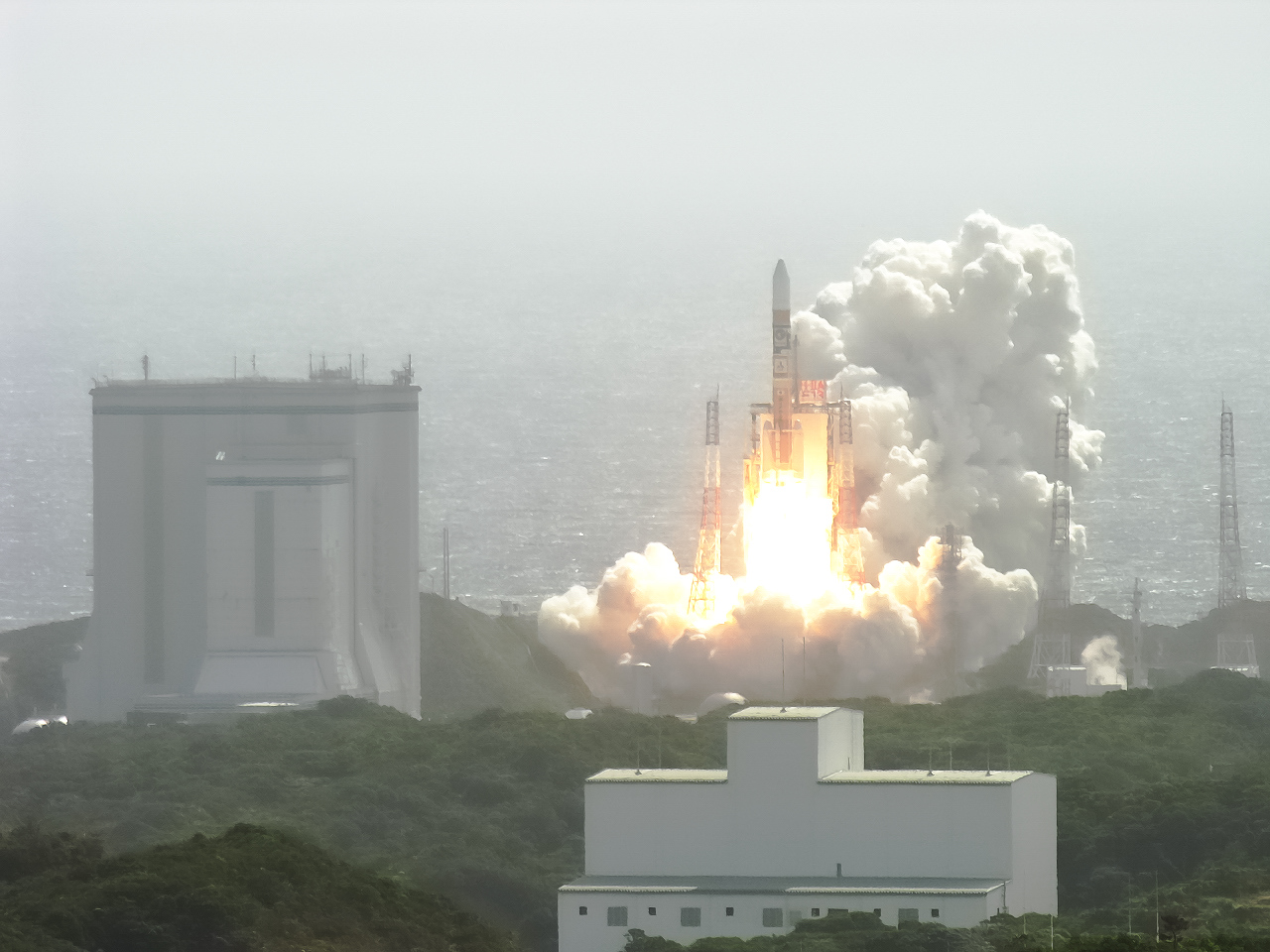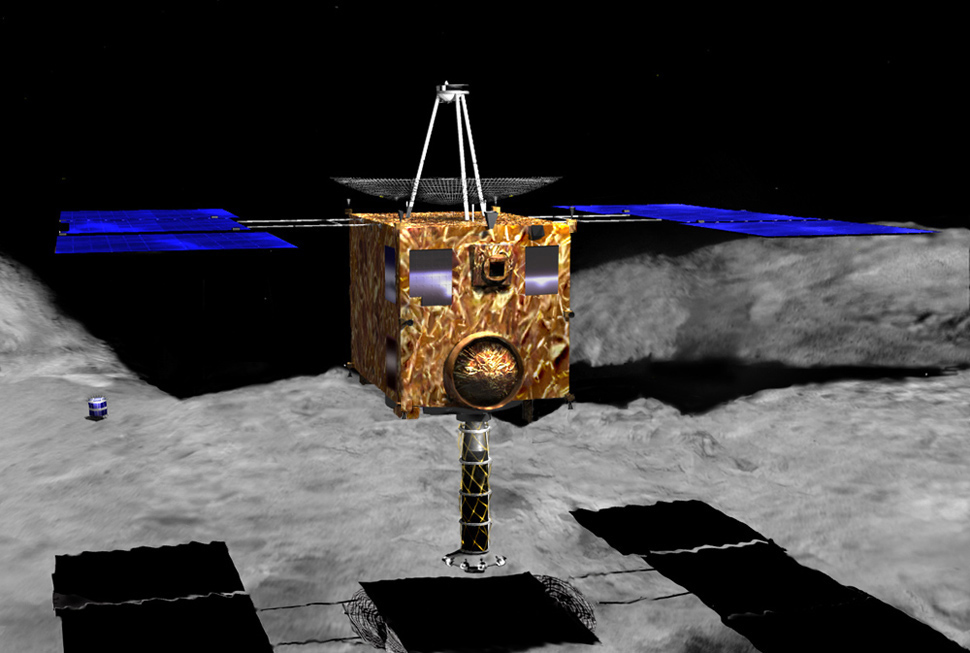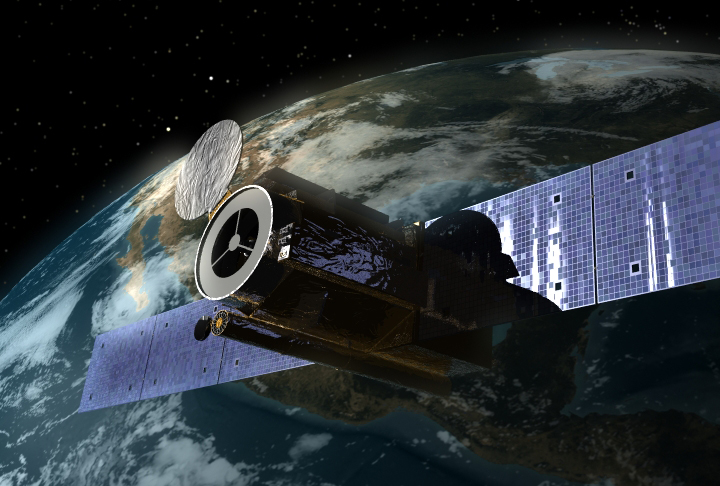About JAXA
It was designated as a core performance agency to support the Japanese government's overall aerospace development and utilization. JAXA, therefore, can conduct integrated operations from basic research and development, to utilization. In 2013, to commemorate the 10th anniversary of its founding, JAXA created the corporate slogan, "Explore to Realize," which reflects its management philosophy of utilizing space and the sky to achieve a safe and affluent society. MAIN MOTIVES: Contributing to artificial satellites and explorers, Utilizing the space environment, R&D on the transportation system between the ground and space, Study of space science and planet exploration, Aviation technology research, Fundamental technology research, Industrial promotion.






